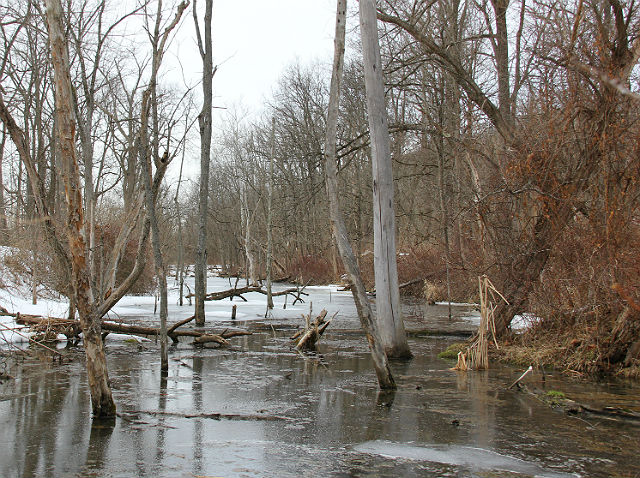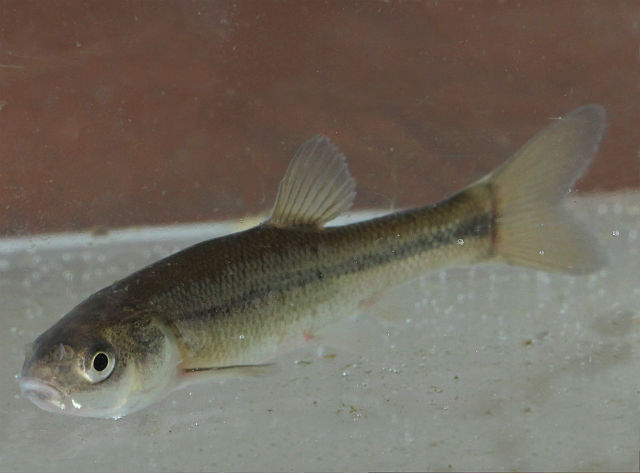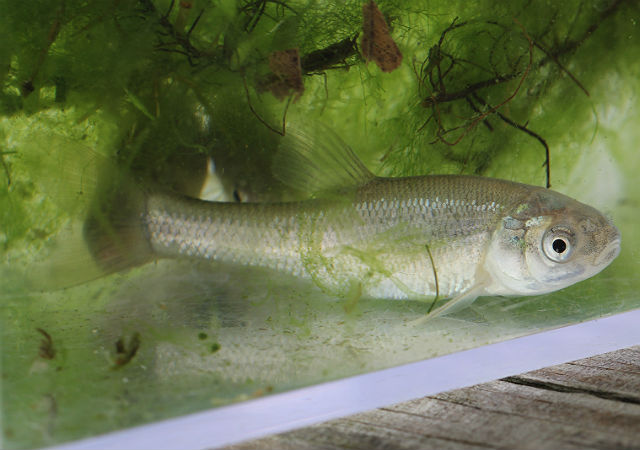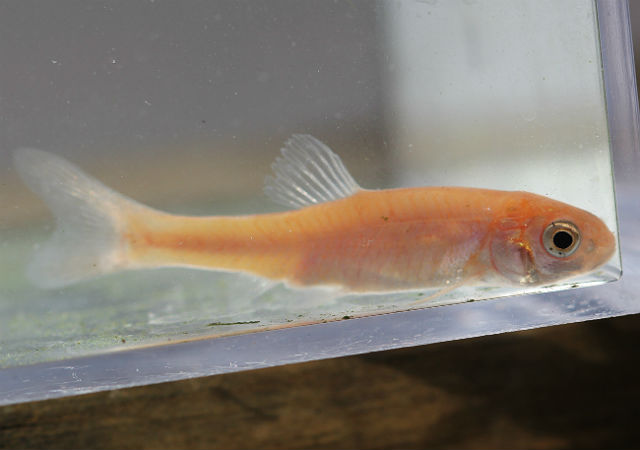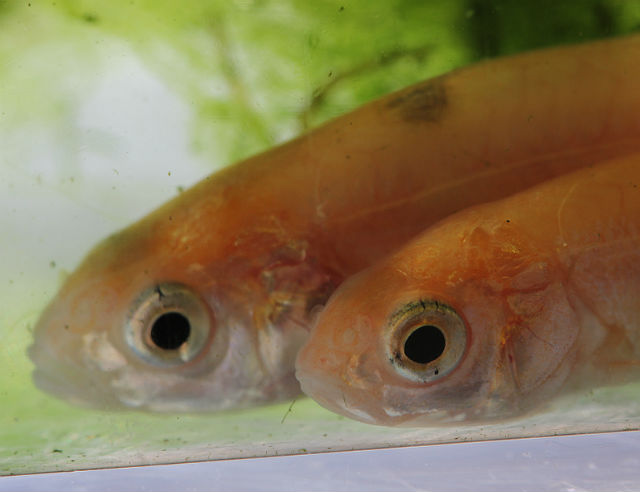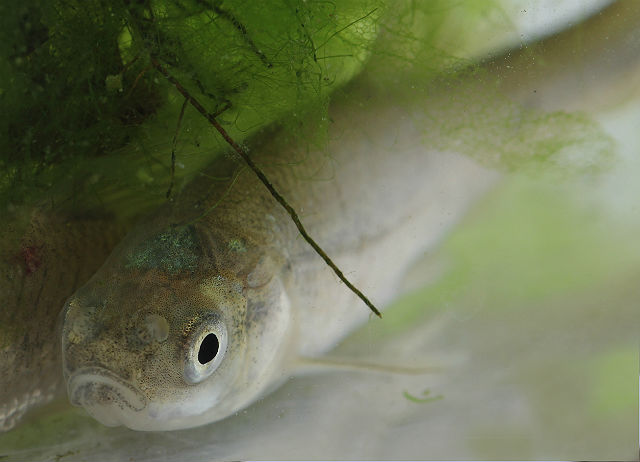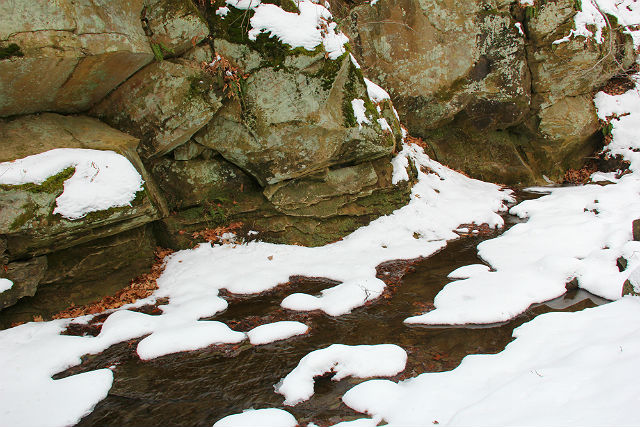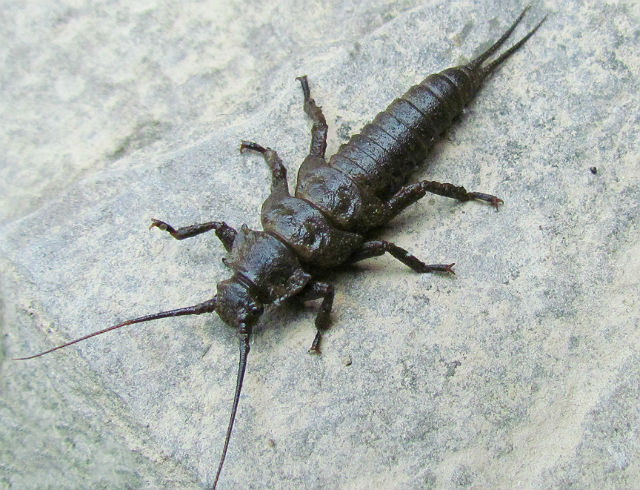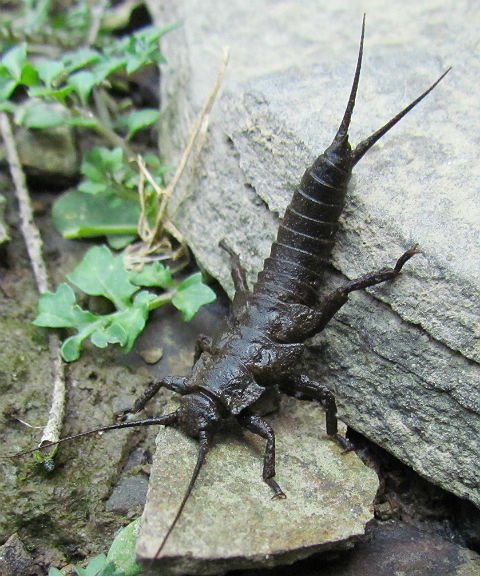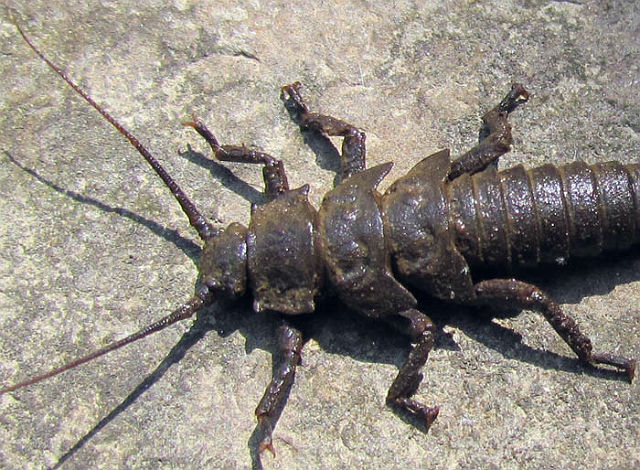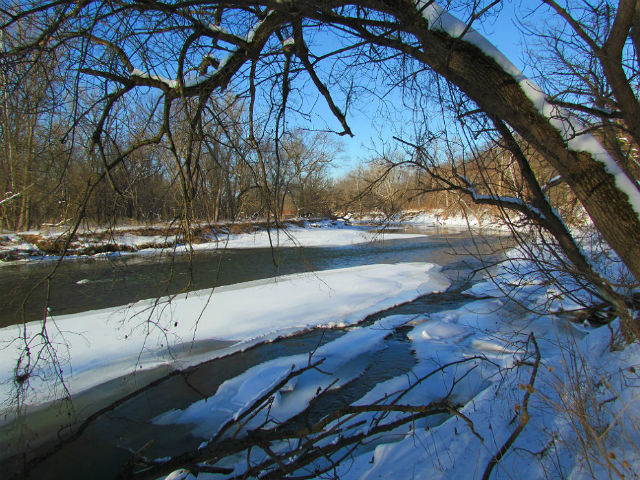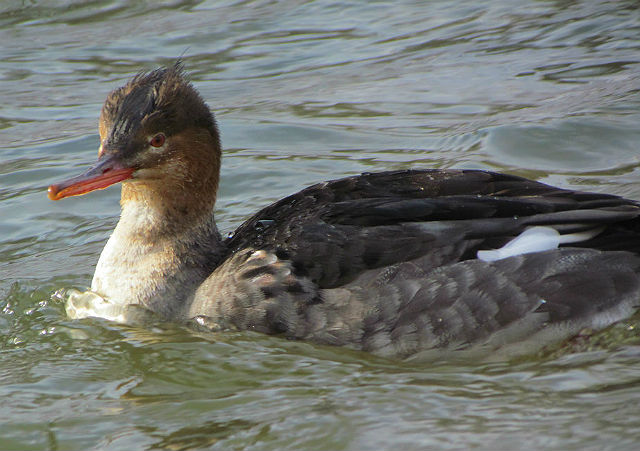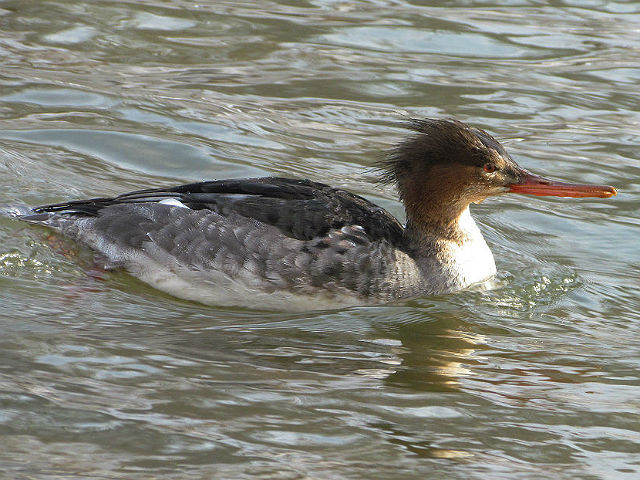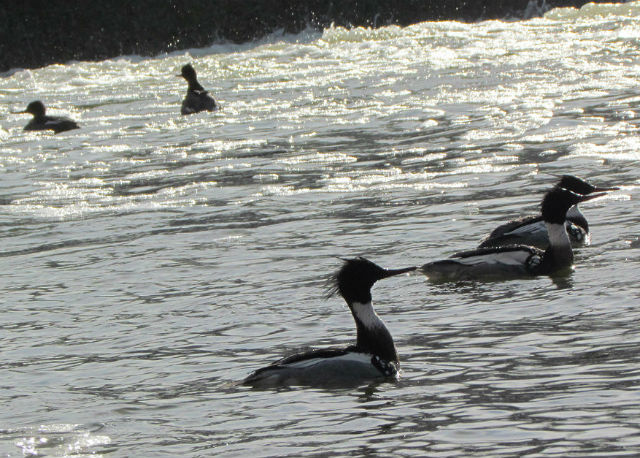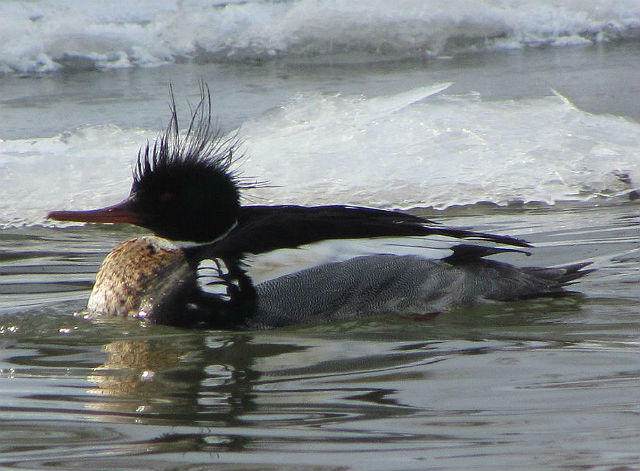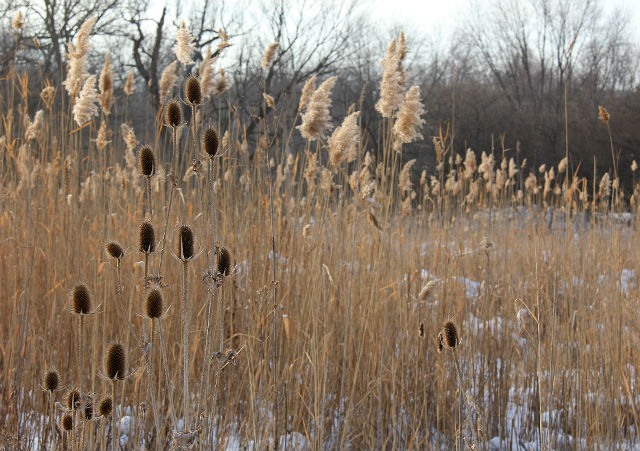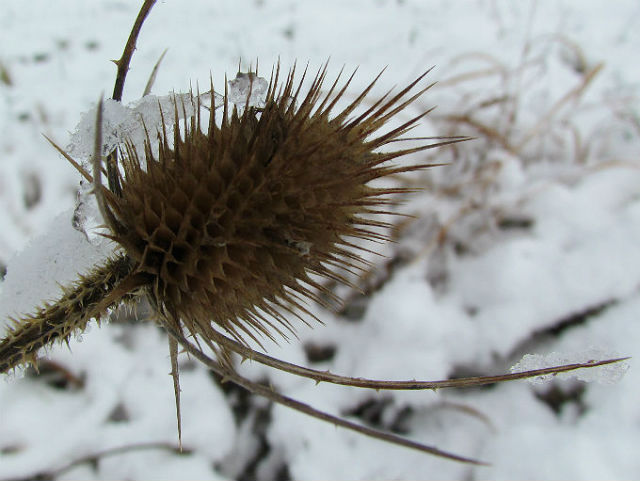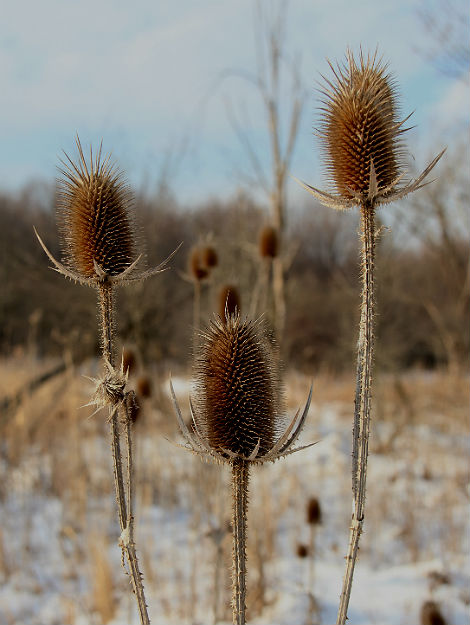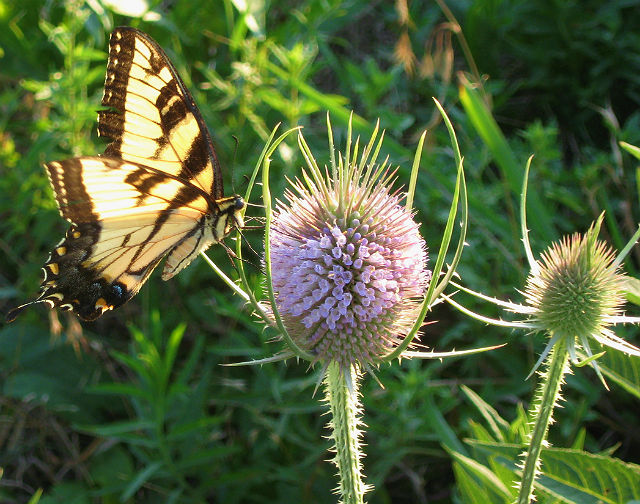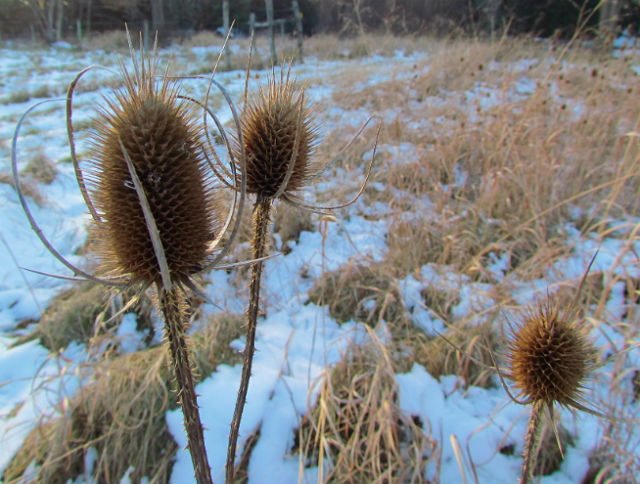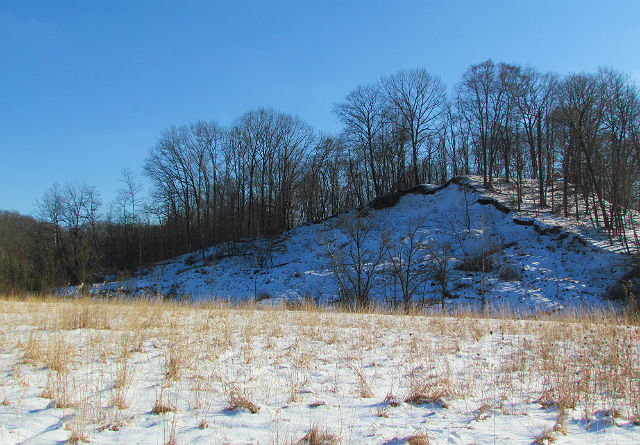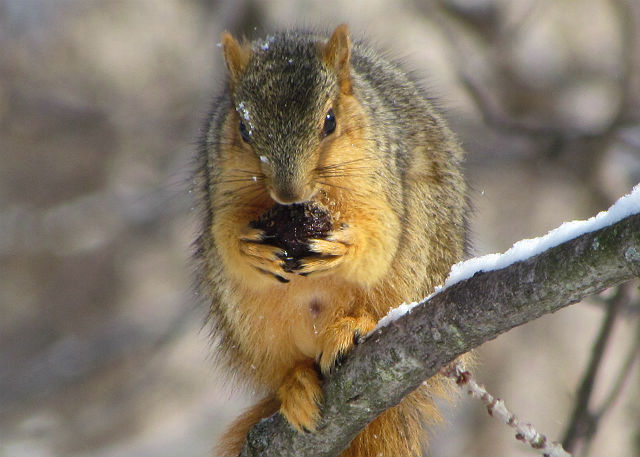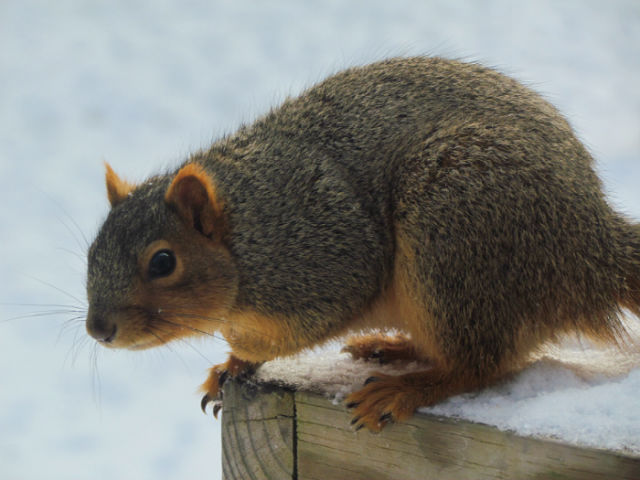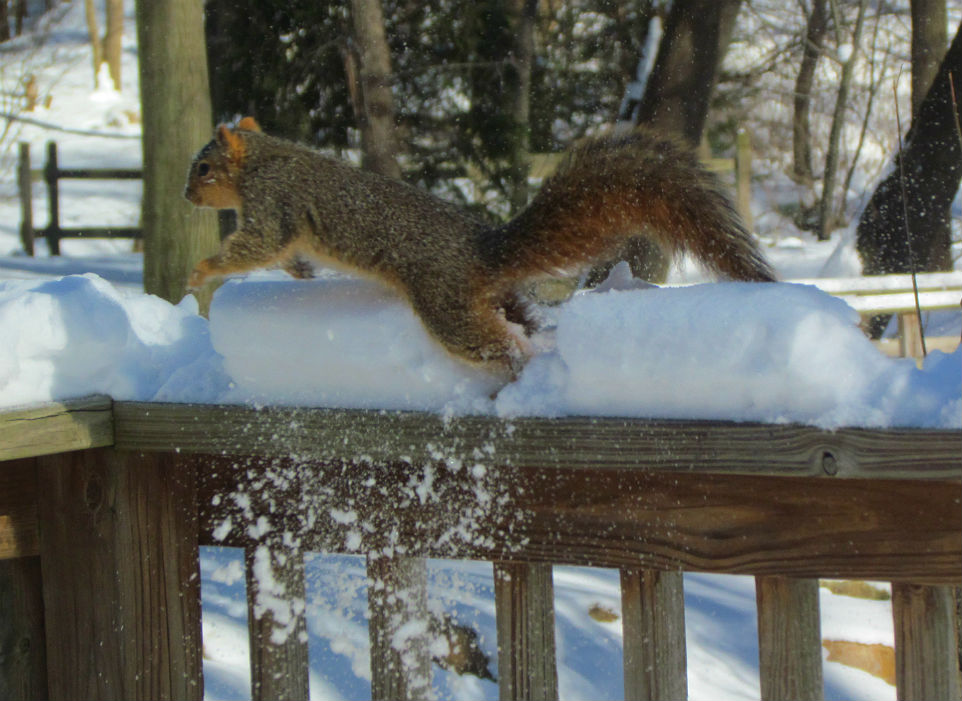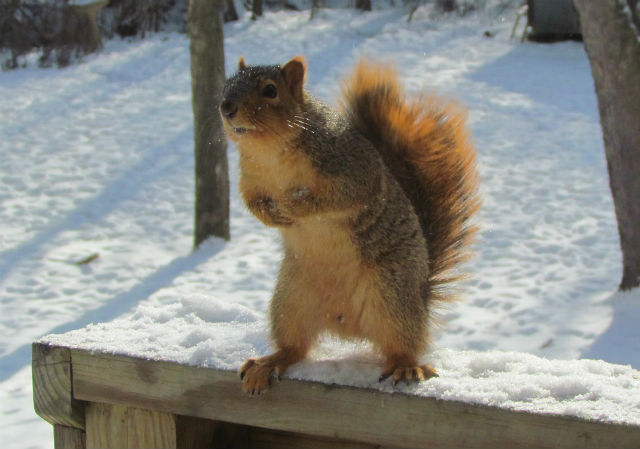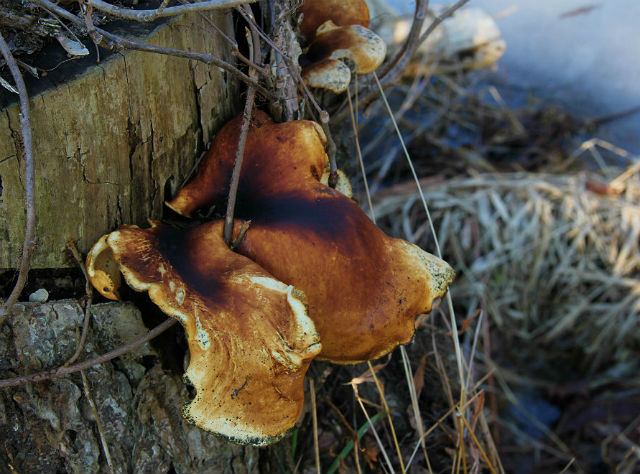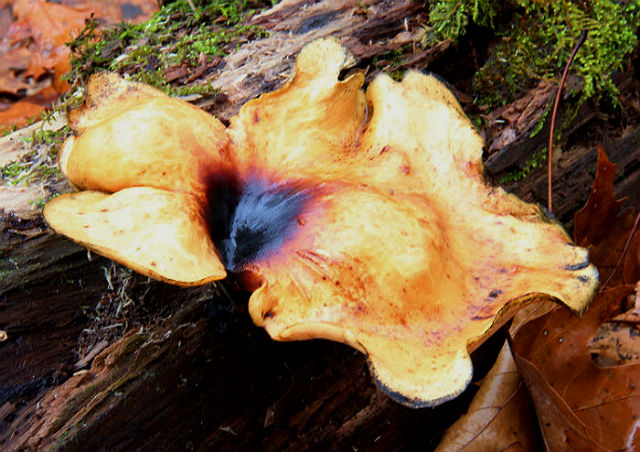The Fathead Minnow has natural geographic range extends throughout much of North America, from central Canada south along the Rockies to Texas, and east to Virginia and the northeastern United States. This minnow has also been introduced to many other areas via bait bucket releases.
Though not very “flashy,” being dull olive-grey in appearance, this is a very successful fish. Their tolerance for multiple environmental conditions, characteristics of their life history and their popularity as bait species contribute to their widespread distribution.
The Fathead Minnow is quite tolerant of turbid, low oxygen water and can most commonly be found in small lakes, ponds and wetlands. They can also be found in larger lakes, streams and other habitats as well.
The golden (xanthic) strain is known as the “Rosy Red” and is a very common feeder fish sold in the United States. This color version of the fish is also sold in the pet trade.
Now only is this well-known to fishermen and aquarists, but to science the Fathead Minnow famous for producing Schreckstoff, which is a distress signal. The alarm substance is released when the fish is injured by a predator and can be detected by other Fathead Minnows, which then hide or dash away.
And if all that wasn’t enough, this species is also important as a biological model in aquatic toxicology studies. Because of its relative hardiness and large number of offspring produced, EPA guidelines outline its use for the evaluation toxicity of aquatic environments. It has been the most widely utilized North American model for ecotoxicology since the mid-twentieth century.
Averaging only 2-3 inches long, the Fathead Minnow is a little fish with a lot going for it.

